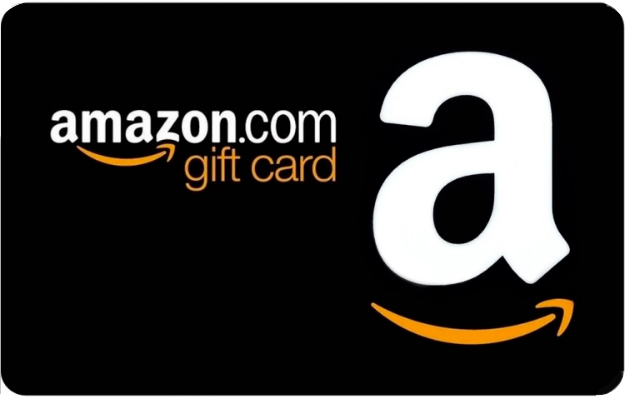Webinar
Think About Your Audience Before Choosing a Webinar Title
OnDemandLandingPage@2x.png?width=1540&name=2022-07-27(Trilio%20DO)OnDemandLandingPage@2x.png)
Sponsored by Trilio

What You’ll Learn in This Webinar
Though we hope they won't happen, disasters are inevitable—especially in today’s unstable world. Because your customers, your revenue and your reputation depend on your applications’ availability, it is essential to have a strong disaster recovery (DR) strategy in place.
But because many organizations are running containerized applications in distributed environments across multiple clouds and storage platforms, traditional DR solutions often miss the mark when it comes to protecting and recovering cloud-native applications. For example, when protecting Kubernetes applications, you need to be sure that application data AND metadata is quickly recoverable—you don’t want to be left stitching backups together when time is of the essence!
Join Trilio to learn how to create a disaster recovery strategy for your cloud-native applications, including how to:
- Continuously back up your applications and their associated data no matter what they contain or where they’re located
- Easily select backups from different repositories
- Specify namespace mappings
- Reconfigure application data and metadata across multiple applications at one time
BONUS! See a preview of a new continuous restore capability which will help organizations like yours dramatically improve recovery time objective (RTO).







